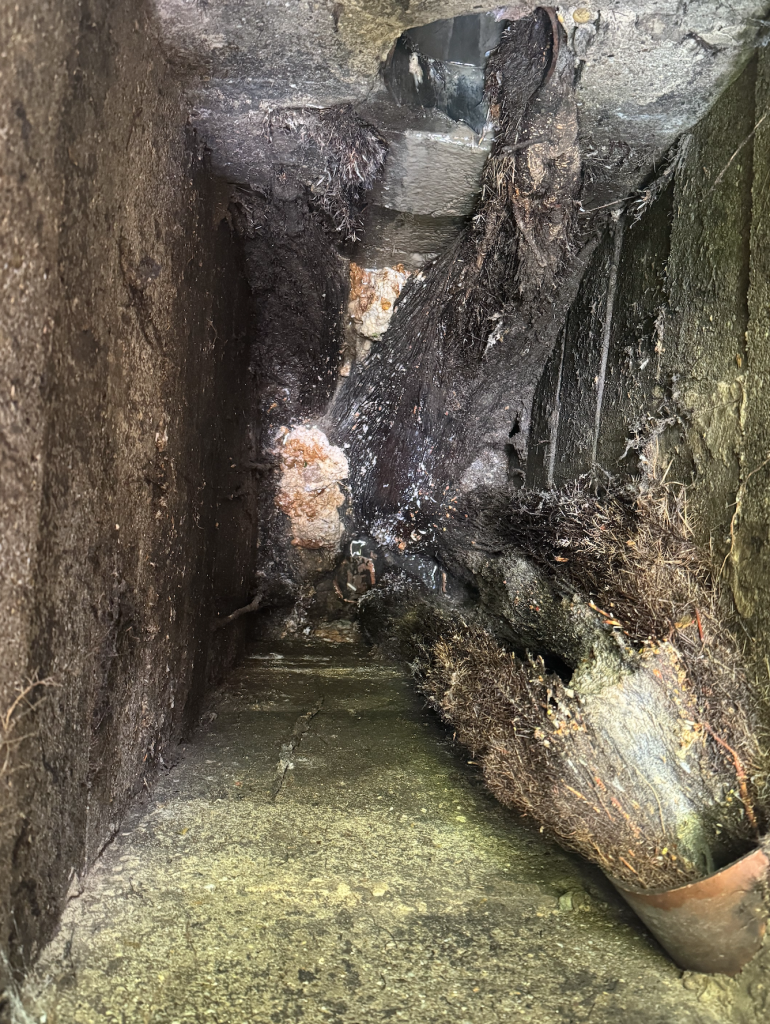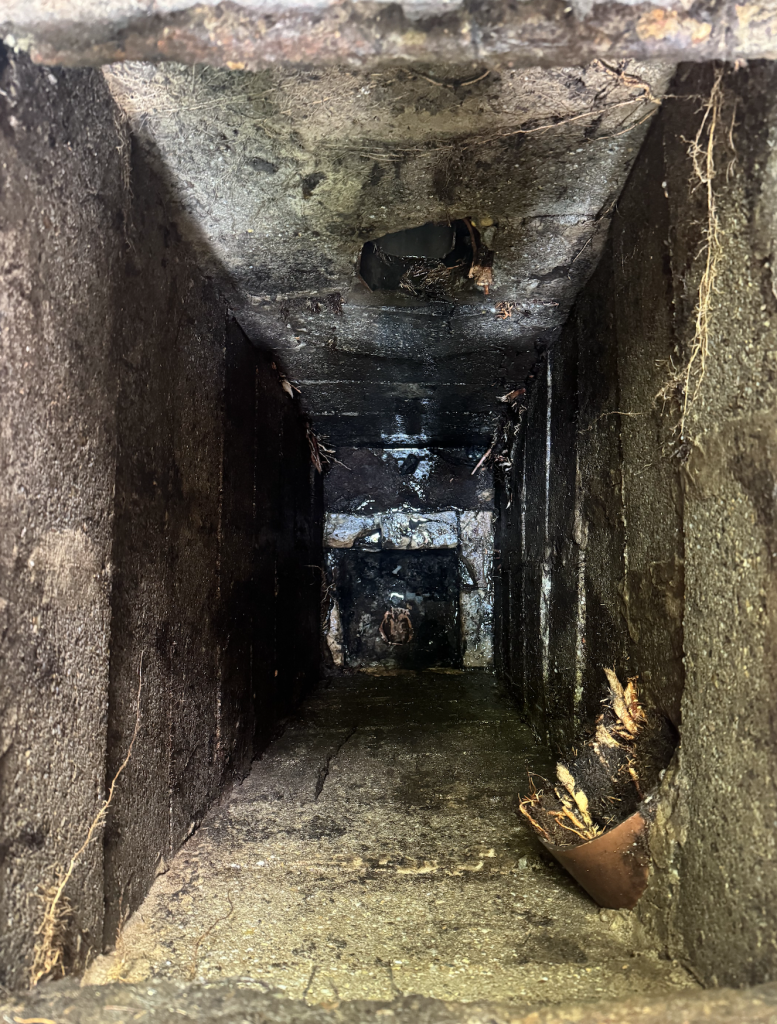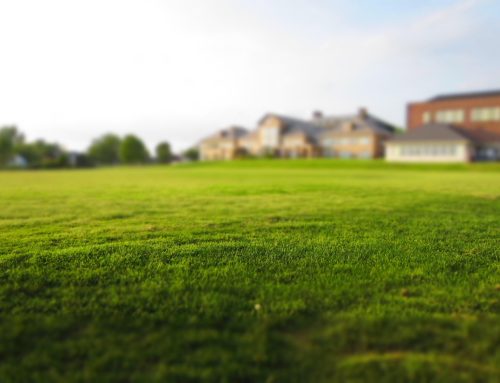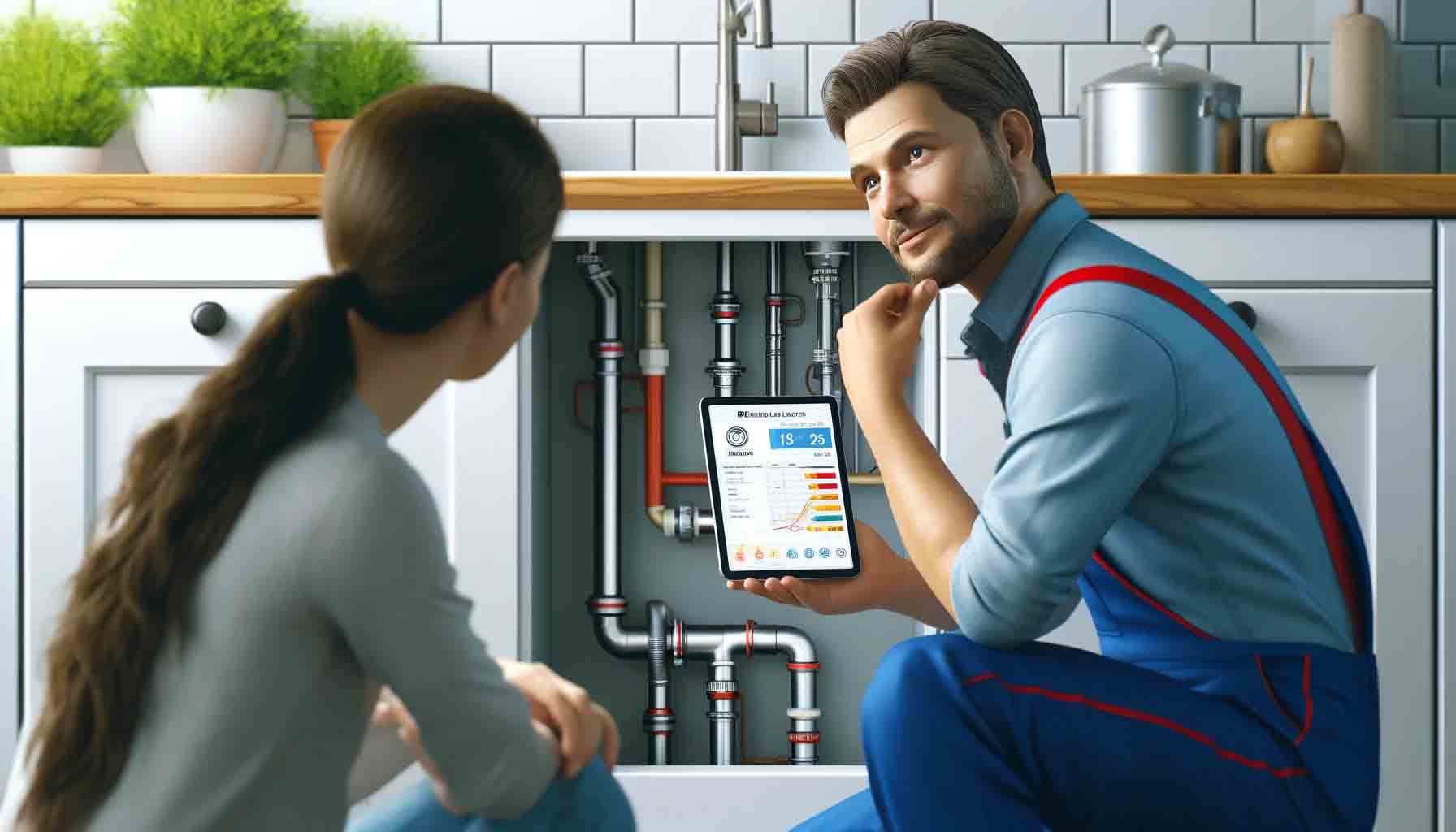The invisible guardians of sewer systems sometimes need help
The roots of trees and bushes growing in the garden can often cause problems in the sewer system around the house. Although we might not think so at first, the roots hiding in the soil can find or create cracks in the walls of the pipes and then grow into the system. Over time, this can lead to serious malfunctions. Therefore, rooting out the sewer can be a key intervention to prevent more serious damage.
But how do we know if the problem really has roots? When is it worth consulting a specialist, and what method is used to treat it? uprooting? In this article we will answer these questions.
What are the signs that roots are causing a problem in the drain?
Roots that invade the canals act slowly and gradually, so the initial signs are not always clear. However, the following symptoms may raise suspicion:
1. Regular reflux
If the water flow is slow or sometimes completely backs up, it could be a sign that something is blocking the flow. Roots are narrowing the diameter of the pipe, which is blocking the water.
2. Recurring blockage
If a drain is repeatedly clogged, especially around toilets or main drains, it is worth suspecting a root problem. Roots trap debris in the wastewater, making it easier for blockages to form.
3. Unpleasant odors
Due to the obstruction of the sewage, stagnant water can start to decompose in the pipes, which causes unpleasant odors to be released into the house or garden. This is especially noticeable if there is no visible cause for the odor (e.g. unused drains, dried-out odor traps).
4. Damp or wet spots in the garden
If roots cause a pipe to burst, wastewater can start to seep into the ground. This can lead to wet spots in your garden, and even lush grass or vegetation can be a telltale sign of a pipe burst.

When is it necessary? to a specialist turn?
If you experience any of the above signs, it is not worth trying to solve the problem at home. Removing the roots requires special equipment and expertise.
It is necessary to consult a specialist if:
-
the blockage often returns,
-
the entire drainage system is slow,
-
a pipe burst or leak is suspected,
-
no improvement can be achieved with home remedies (pump, drain cleaner),
-
A canal camera examination confirmed root invasion.
The specialist can not only remove the blockage caused by the root, but also tell you the extent of the damage and whether a pipe replacement or other intervention is necessary.
What is the method used to remove the root canal?
The goal of rooting is to remove the roots from inside the pipes and prevent further invasions. The most commonly used methods are:
1. Mechanical root removal (spiral method)
A special root cutter head is inserted into the drain and uses a rotating motion to shred the roots. This is usually done with a powerful pipe auger. This method is quick and effective, but only works well if the pipe is not already severely damaged.
2. High-pressure water jet cleaning (WOMA technology)
A powerful jet of water that not only washes roots out of the drain, but also removes other deposits. It is a more gentle method and can be combined with other procedures.
3. Camera sewer inspection
Root removal almost always begins and ends with a camera inspection. The camera shows exactly where and to what extent the roots have penetrated, and whether the removal was successful.
Can root invasion be prevented?
Although there is no complete guarantee, there are some steps you can take to help prevent it:
-
Don't plant trees with large roots. near sewer lines.
-
Have the system checked regularly., especially in old houses.
-
Camera inspection when buying a new property or before renovation.
-
Use of modern pipe materials, which are more resistant to roots (e.g. cast iron or lined pipes instead of plastic).













